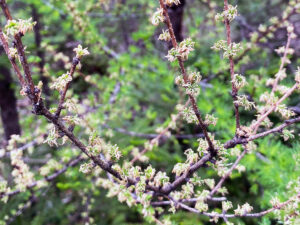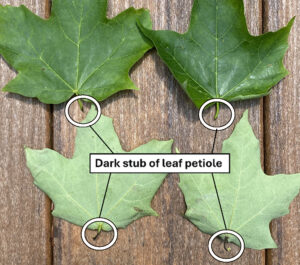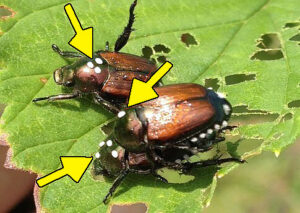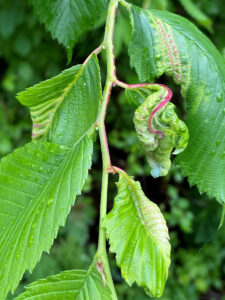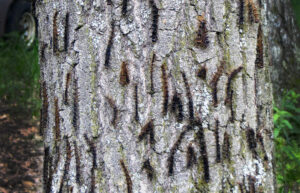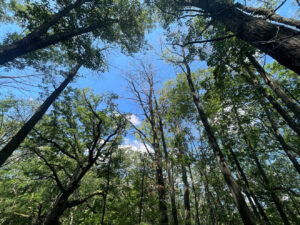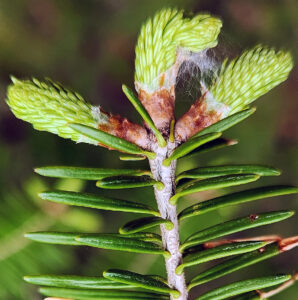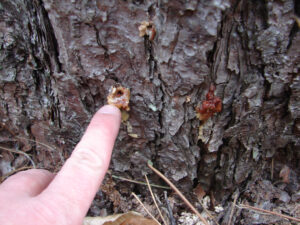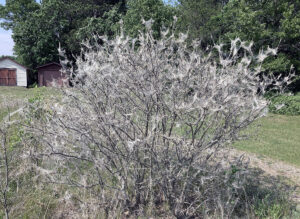
Euonymus caterpillars web branches as they feed on the leaves of Euonymus species. / Photo Credit: Wisconsin DNR
By Michael Hillstrom, DNR Forest Health Specialist
Michael.Hillstrom@wisconsin.gov
Euonymus caterpillars (Yponomeuta cagnagella) made a dramatic appearance in June, webbing and defoliating Euonymus shrubs in several counties.
Multiple species of Euonymus may be attacked, including spindle tree, winged (e.g., burning bush), eastern wahoo, winter creeper and others. Winged euonymus is listed as Restricted in Wisconsin’s invasive species rule NR40.
Continue reading “Non-Native Caterpillars Attacking Non-Native Euonymus”

